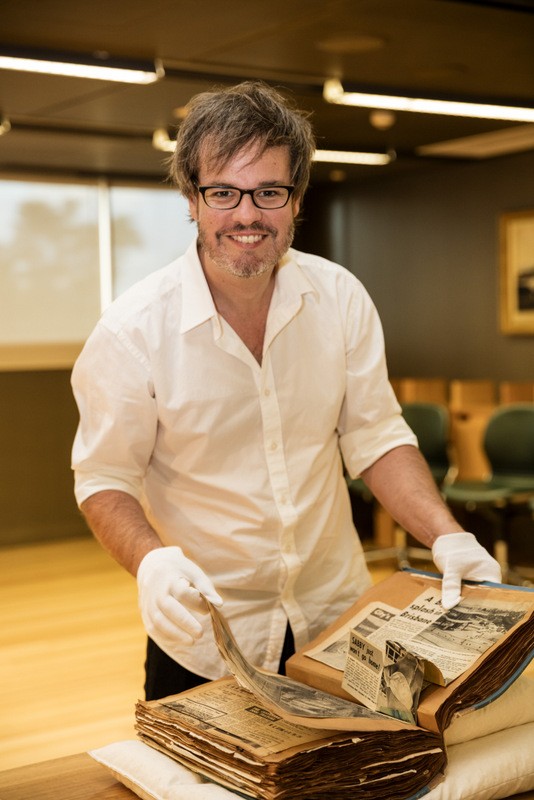
John Ellway. Photo by Dianna Snape.
Designer John Ellway was surprised how easy it was to search through SLQ's collection of books and ephemera when he was asked to participate in APDL's Design Finds.
We were interested to see the approach John took with his research task and, of course, curious to know what he would choose to research. Read more about John's experience negotiating SLQ's vast collection.
What was your approach to finding objects in the SLQ collections?
After initial procrastination (as all good research projects start), my search was encouraged by a tour of the back of house areas of the library, viewing the archival storage room as well as the areas where newly acquired material is sorted, labelled and made ready for scanning and archiving. Key to finding the items I retrieved was making a web of keyword options inspired by previous research, a couple of books I have read recently, and a call out to academic mentors as to their memories of possible paths I could go down relating to the topic I was investigating.
Were there any unexpected surprises in your dealings with the SLQ collections?
To be honest I went into this thinking I’d collate a list of items I wanted to view and someone would ‘approve’ and stand over me while they came out for dark room (like in a movie). The reality was a lot different. Anyone can request anything they like and it appears on a trolley in 30 minutes or so. I was able to unfold it, touch it, read it as long as I wanted. Everything I requested was freely available. Who knew?
One day when I retire I might just spend day after day in the John Oxley Library requesting item after item after item!
Why did you choose the five objects that you selected?
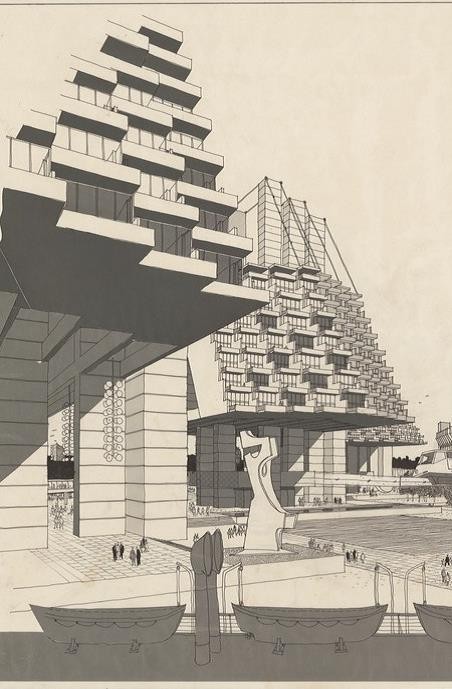
James Maccormick Correspondence, Plans, Drawings and Reports Regarding World Expo 88 1976-1999
I went into the search with an idea of trying to find buildings, bridges or similar that were proposed for Queensland but never built. The search became a ‘find your own adventure’ book with many possible leads and pathways to investigate. Some of the five I settled on were proposals that were never built, but an alternative theme also emerged, about how we interact with water on the coast or at the river’s edge.
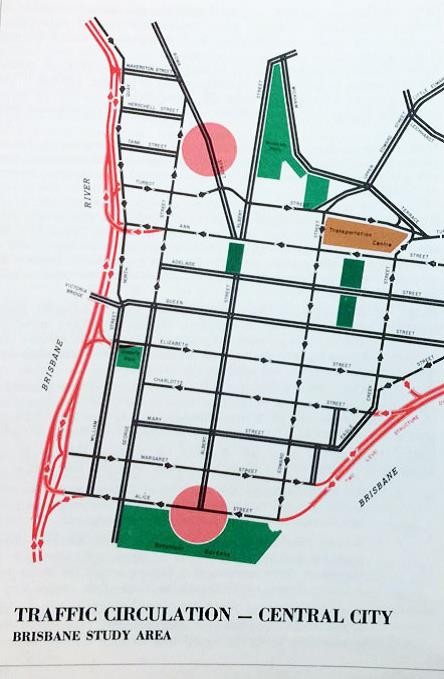
Brisbane transportation study / Wilbur Smith and Associates. 1965
What is one lesson or insight that you learned as a part of your investigative process?
Your ability to search is only as good as the words you can search with and sometimes you have to get in the headspace of the archivist that may have classified what you are trying to look for. There are probably multiple ways to name or classify a certain (perhaps obscure) topic you are investigating.
How was your creative response inspired by the five objects that you found?
All five items investigated the ways we could potentially engage with a body of water. Some by completely ignoring that it exists (in the case of the 1960s eastern riverside expressway scheme) and others with significant moves to break down the edge between land and water encouraging us out into the open and enjoying the river (in the case of the 1920s river pool) and the bay (in the case of the Clontarf Pool proposal by Karl Langer).
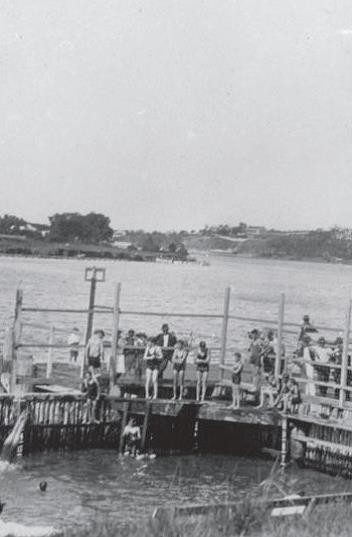
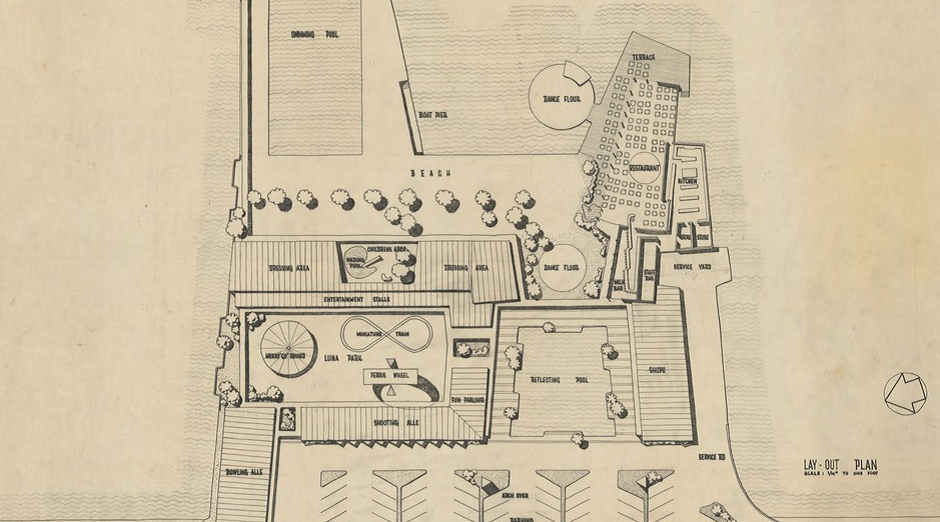
Karl Langer Architectural Plans Clontarf Pool , Undated
Why did you decide upon this particular outcome for your creative response?
I love to swim laps and I think it is time for another public swimming pool or bath in the inner city for locals rather than one linked to a school or university that is always full of teams training. Yes, South Bank has a fairly amazing public pool but it’s really not suited to lap swimming. The Kangaroo Point reach of the river was not the only focus in the items I found, but has become a bit of an exercise hub for locals in the morning and afternoon! How amazing would it be to swim there right on the edge of the river!
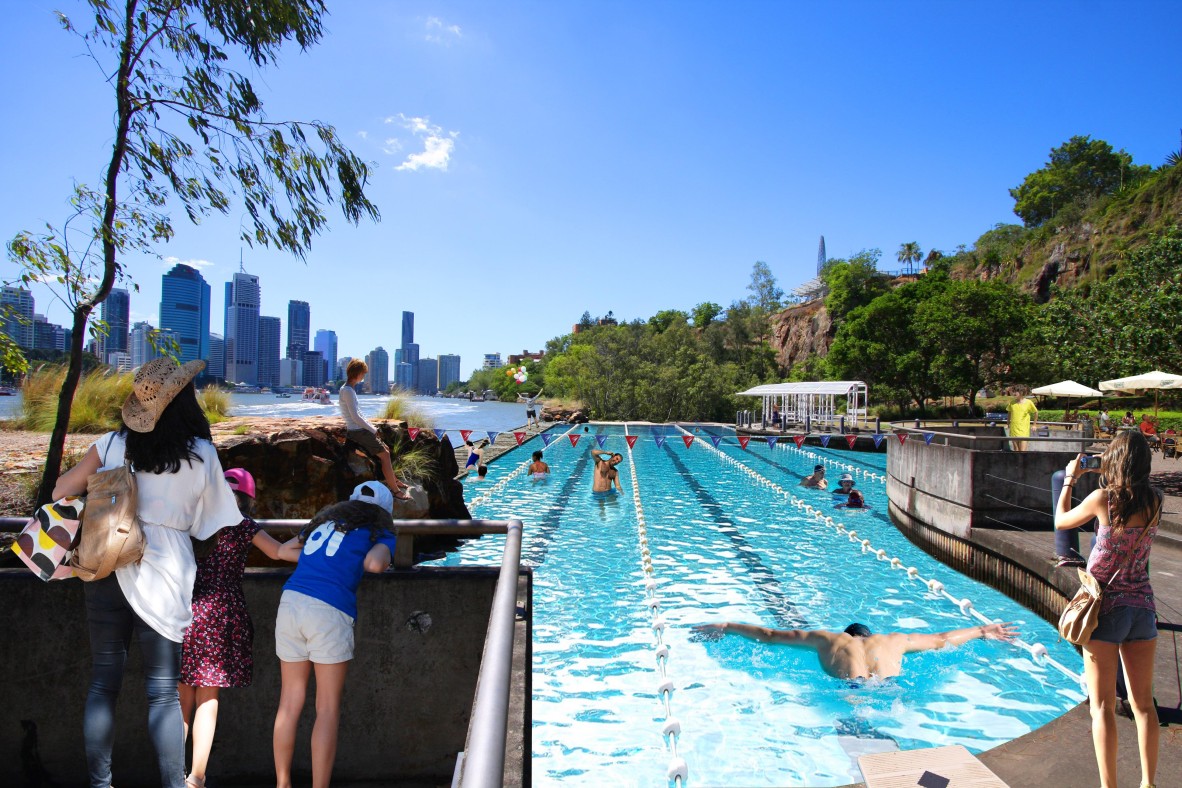
Was the approach of finding inspiration from the past similar to how you currently work or different? How did that affect your outcome?
Yes, definitely similar. I think it is important to reflect on what has come before and let it inform your current design work. There are always clues, and perhaps more so, evidence of what really does or doesn’t work in the context of any design endeavour you are working through.
Would you look to use a similar approach again in the future?
For sure, particularly using and not being apprehensive about engaging with the SLQ archive. The thing I realised by retrieving the 20+ items out of the archive is that each led you onto a new search or path of investigation. Sometimes, as is the case with James Birrell’s scrapbook you can request a random unsuspecting item, with little to no description at all, and open an amazing box of surprises that possibly only you, the author, and a couple of other people have ever sifted through!
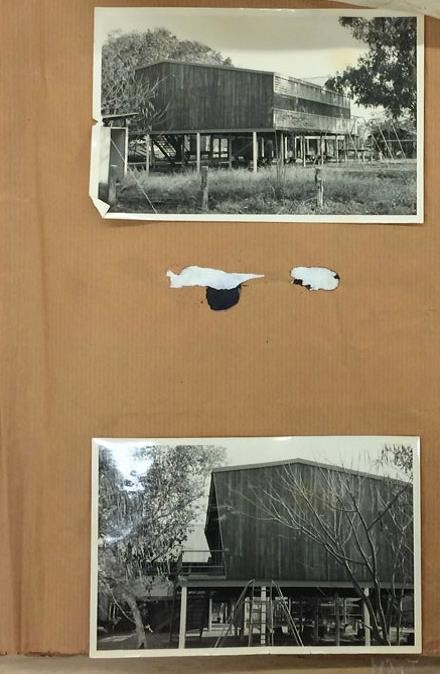
Comments
Your email address will not be published.
We welcome relevant, respectful comments.